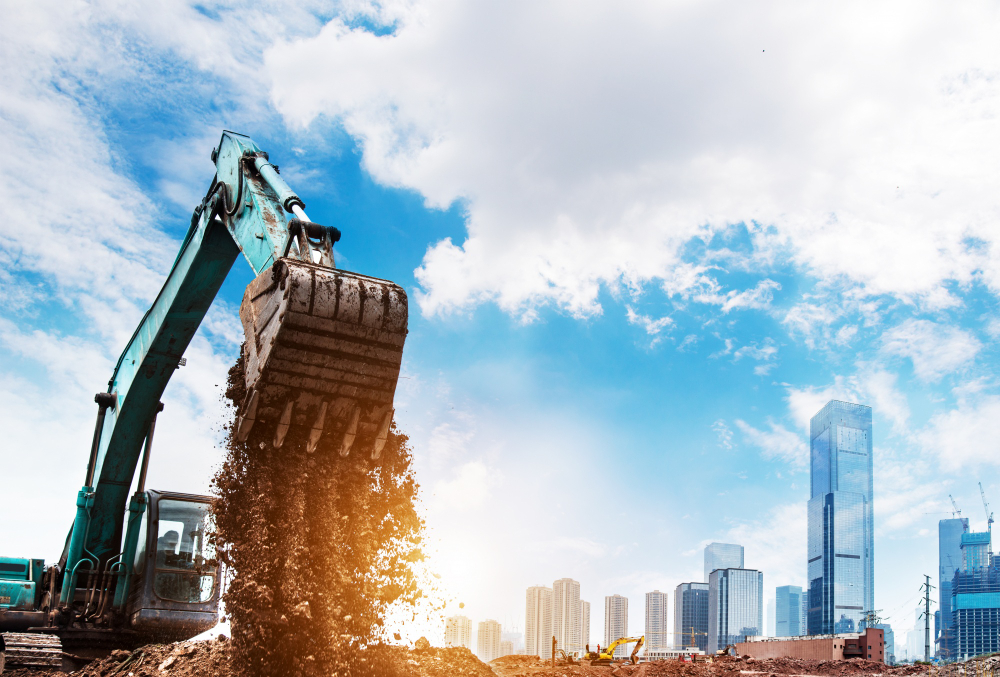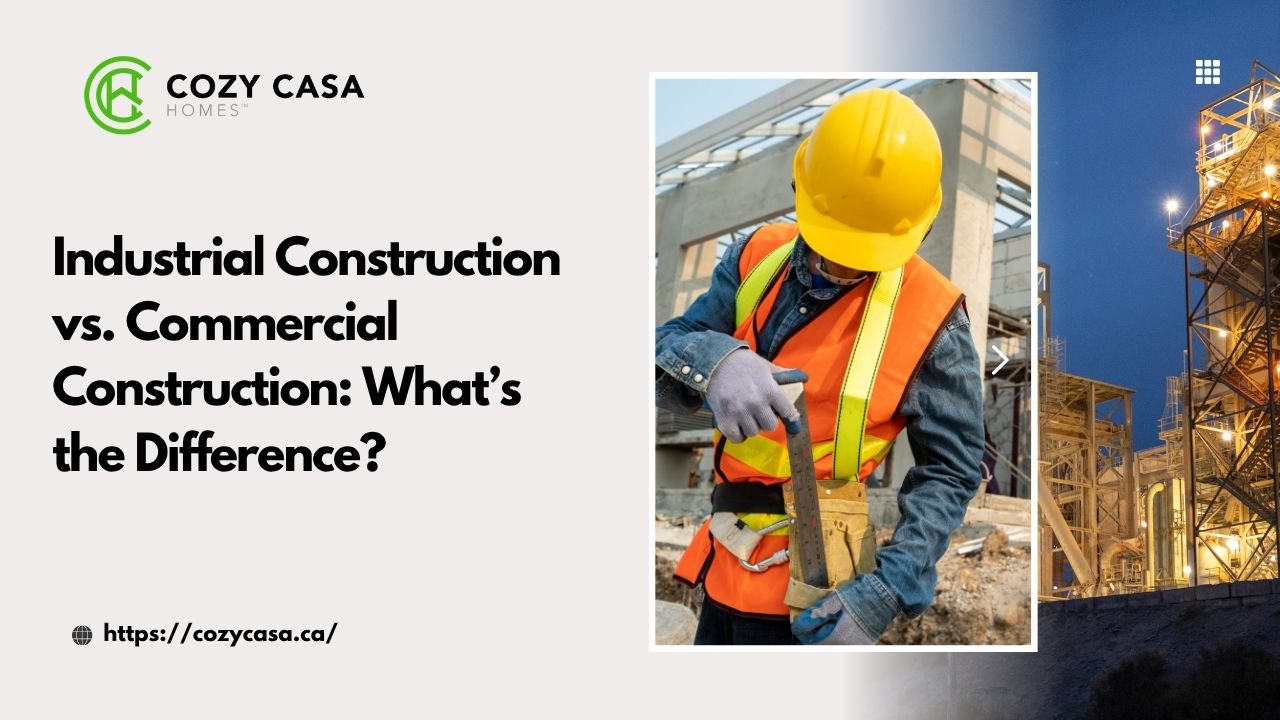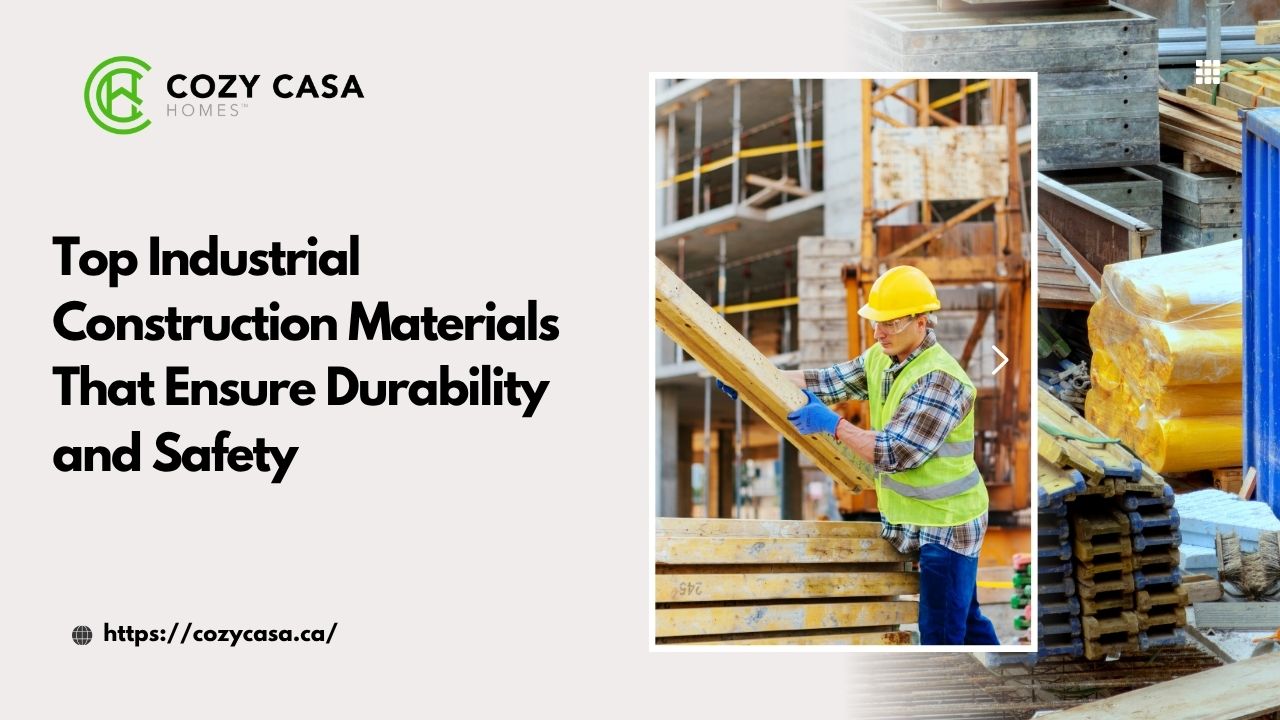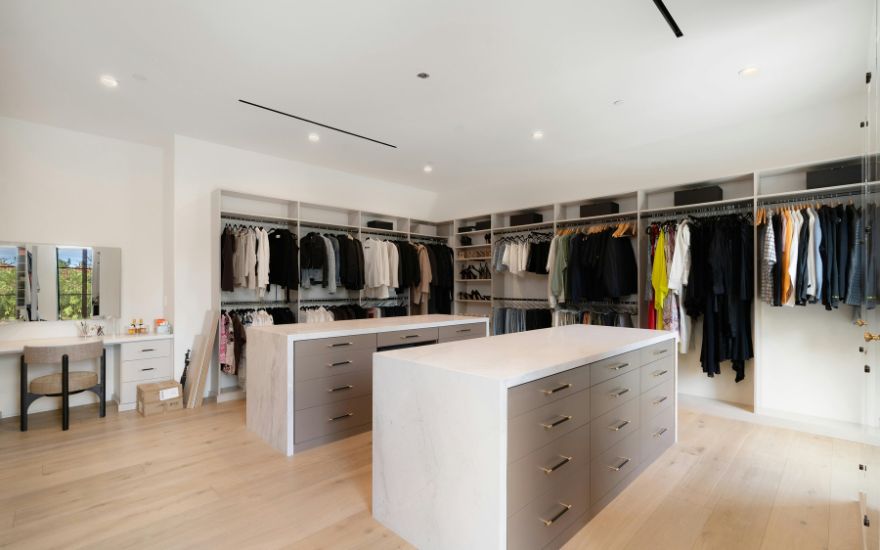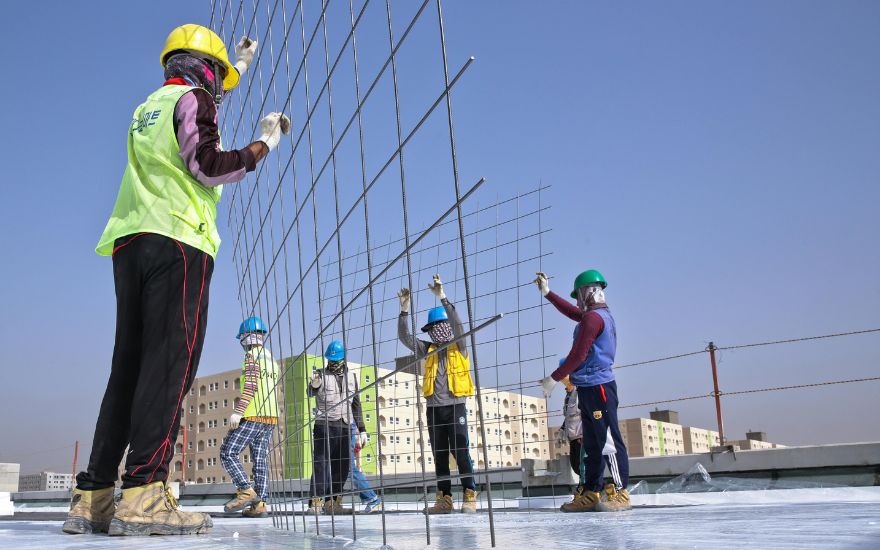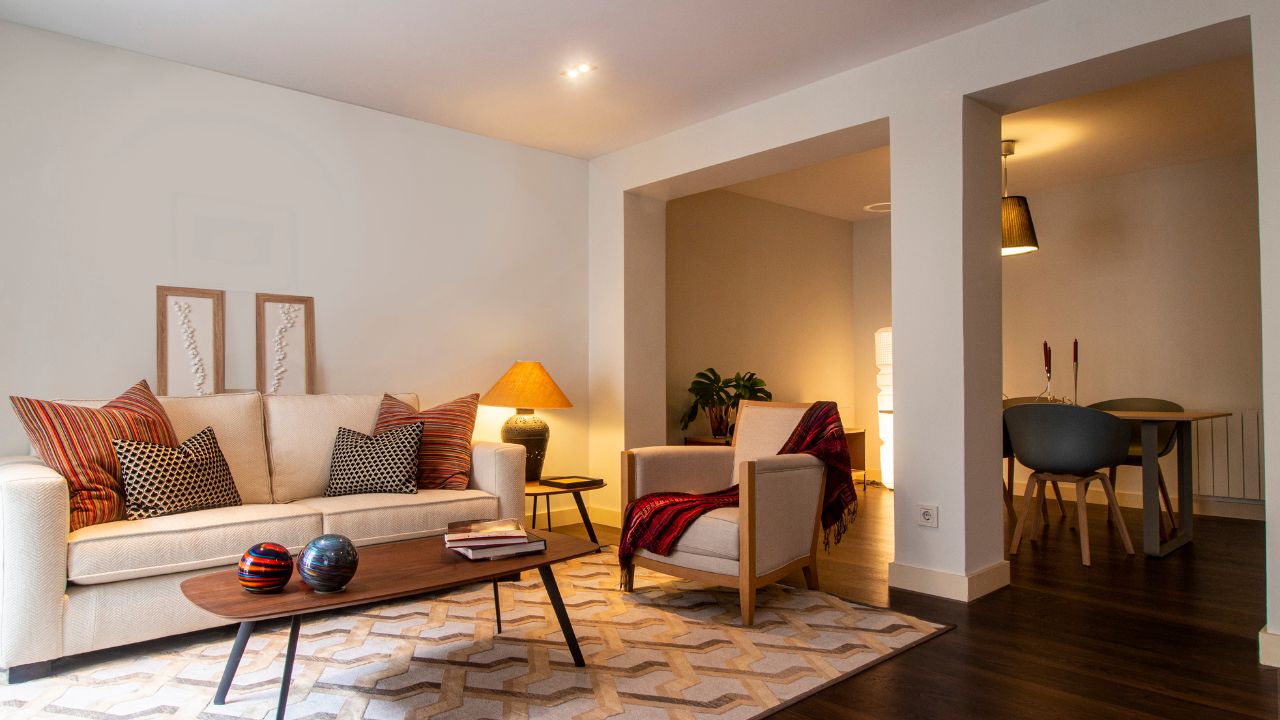Choosing the right construction company is one of the most crucial decisions for any building or renovation project. A single misstep can lead to delays, budget overruns, or subpar results. If you’ve ever searched for a “construction company near me,” you’ve probably seen dozens of options—but not all are created equal. Without the right insights, it’s easy to fall into common traps that cost time and money.
In this blog, we’ll uncover the top mistakes homeowners and property developers make when selecting a construction firm. We’ll walk through the critical factors to consider and how to avoid costly errors. Whether you’re remodeling your home or building from the ground up, understanding these pitfalls will help ensure a successful, stress-free experience. Ready to make the best choice? Explore our services to learn how CozyCasa Construction sets the standard.
Things to Know Before Hiring a Construction Company
Before getting into the common mistakes, it’s essential to understand what makes a reliable construction company. Key factors such as licensing, communication, pricing, and transparency lay the foundation for a successful project. Being informed about these aspects will help you better evaluate and compare potential contractors.
Importance of Licensing and Certification
One major mistake is ignoring whether a company is fully licensed and certified. These credentials are more than just paperwork—they reflect adherence to industry standards and legal compliance. A certified construction company near me is more likely to follow proper procedures and deliver quality results.
Unlicensed firms may cut corners or lack accountability. Confirming licenses and certifications ensures your project is in competent hands and helps avoid legal or safety issues.
Not Checking Experience and Portfolio
Another oversight is neglecting to review a contractor’s previous work. Experienced construction companies typically have a diverse portfolio showcasing a variety of completed projects. This visual evidence provides insight into their craftsmanship, style, and capabilities.
Failing to examine a portfolio may result in hiring someone who doesn’t align with your vision or lacks experience in similar projects. Always ask for case studies or references to verify expertise.
Misunderstanding Project Estimates
A frequent error involves misunderstanding or overlooking detailed project estimates. Some companies may provide vague or overly optimistic quotes that hide hidden fees or future charges. It’s vital to get a clear, itemized breakdown of costs upfront.
This helps you compare proposals accurately and avoid financial surprises later on. A trustworthy local construction company will be transparent and willing to explain every line item.
Overlooking Communication and Accessibility
Communication is often undervalued when selecting a contractor. A construction company near me should be easily reachable and responsive. Poor communication leads to misunderstandings, delays, and frustration.
Choose a team that maintains regular contact, updates you on progress, and responds promptly to questions or concerns. This transparency fosters a collaborative and efficient work environment.
Ignoring Reviews and Local Reputation
Online reviews and local reputation speak volumes. Skipping this research step can result in hiring a poorly rated or unreliable firm. Platforms like Google, Yelp, or Houzz offer honest customer feedback.
Look for companies with consistent positive reviews and testimonials. A strong community reputation indicates reliability, professionalism, and high-quality service.
Top Mistakes to Avoid When Choosing a Construction Company
Avoiding common mistakes can save time, money, and stress. Below are the top missteps to steer clear of when evaluating construction companies.
Choosing Based on Price Alone
Selecting the cheapest option may seem smart initially, but it often leads to poor quality, delays, or hidden costs. A low quote might indicate inferior materials, lack of insurance, or insufficient staffing.
Instead, consider overall value: reputation, experience, communication, and warranty. A slightly higher investment in a trusted construction company near me often pays off in smoother execution and better outcomes.
Skipping the Contract Details
Failing to read and understand the contract thoroughly can lead to disputes. Contracts should include timelines, payment terms, material specifications, and responsibilities.
Always review every clause and ask questions. A reputable local contractor will welcome your scrutiny and clarify anything that’s unclear. This helps set expectations and protects both parties.
Not Asking About Subcontractors
Many construction firms hire subcontractors for specialized work. If you don’t ask, you may not know who’s actually doing the job. Unvetted subcontractors can compromise quality and safety.
Ensure the construction company near you vets their partners and provides a list of subcontractors. Knowing who’s involved keeps you informed and confident in the project’s outcome.
Overlooking Insurance and Warranties
Another common oversight is failing to confirm insurance coverage and warranties. This leaves you vulnerable to liability in case of accidents or defects.
Always verify that the company holds liability insurance, worker’s comp, and offers post-completion warranties. This safeguards your investment and gives you peace of mind.
Not Establishing a Clear Timeline
Lack of a defined project timeline can cause delays and confusion. Some companies provide vague timeframes, leading to ongoing disruptions in your home or business.
Request a detailed project schedule, including milestones and expected completion dates. A reliable construction company near me will offer a realistic, structured timeline from day one.
Why Choose CozyCasa Construction?
CozyCasa Construction is committed to providing clear communication, fair pricing, and top-tier craftsmanship. As a trusted Ontario-based construction company, we bring years of experience, full licensing, and local expertise to every project. Our team is always accessible and transparent, ensuring your project is executed on time and within budget.
We take pride in being part of your community. Our local presence allows us to offer responsive service, quick site visits, and personalized support. From renovation to new builds, we’re here to help. Contact us today to start your project with confidence.
Conclusion
Selecting the right construction company is a decision that impacts your budget, schedule, and peace of mind. By understanding the most common mistakes—like focusing solely on price, ignoring licenses, or skipping contract reviews—you can make an informed choice. Local firms offer additional advantages such as easier access, familiarity with regional regulations, and a stronger commitment to quality.
CozyCasa Construction helps clients avoid these pitfalls with a proven approach that prioritizes transparency, communication, and professional excellence. Ready to make the right choice? Visit our services to learn more.
FAQs
- Why is licensing important in a construction company near me?
Licensing confirms legal compliance and quality assurance, reducing risk for homeowners. - How do I verify a contractor’s portfolio?
Ask for past project photos, case studies, or contactable references. - Can a cheap construction quote be a red flag?
Yes, it often indicates low-quality materials or hidden costs. - What should a construction contract include?
Key details like payment terms, timelines, materials, and responsibilities. - Why is insurance vital when hiring a builder?
It protects you from liability in case of injuries or property damage. - How important is local reputation?
Very. Reviews and community feedback help identify reliable companies. - Do I need to worry about subcontractors?
Yes, ensure they’re vetted and experienced to maintain quality. - What’s the risk of not setting a project timeline?
It can lead to delays, cost overruns, and unclear expectations. - How does CozyCasa stand out locally?
We combine local insight, transparency, and quality for successful outcomes. - How can I start working with CozyCasa Construction?
Visit our Contact Page to schedule your consultation today.
